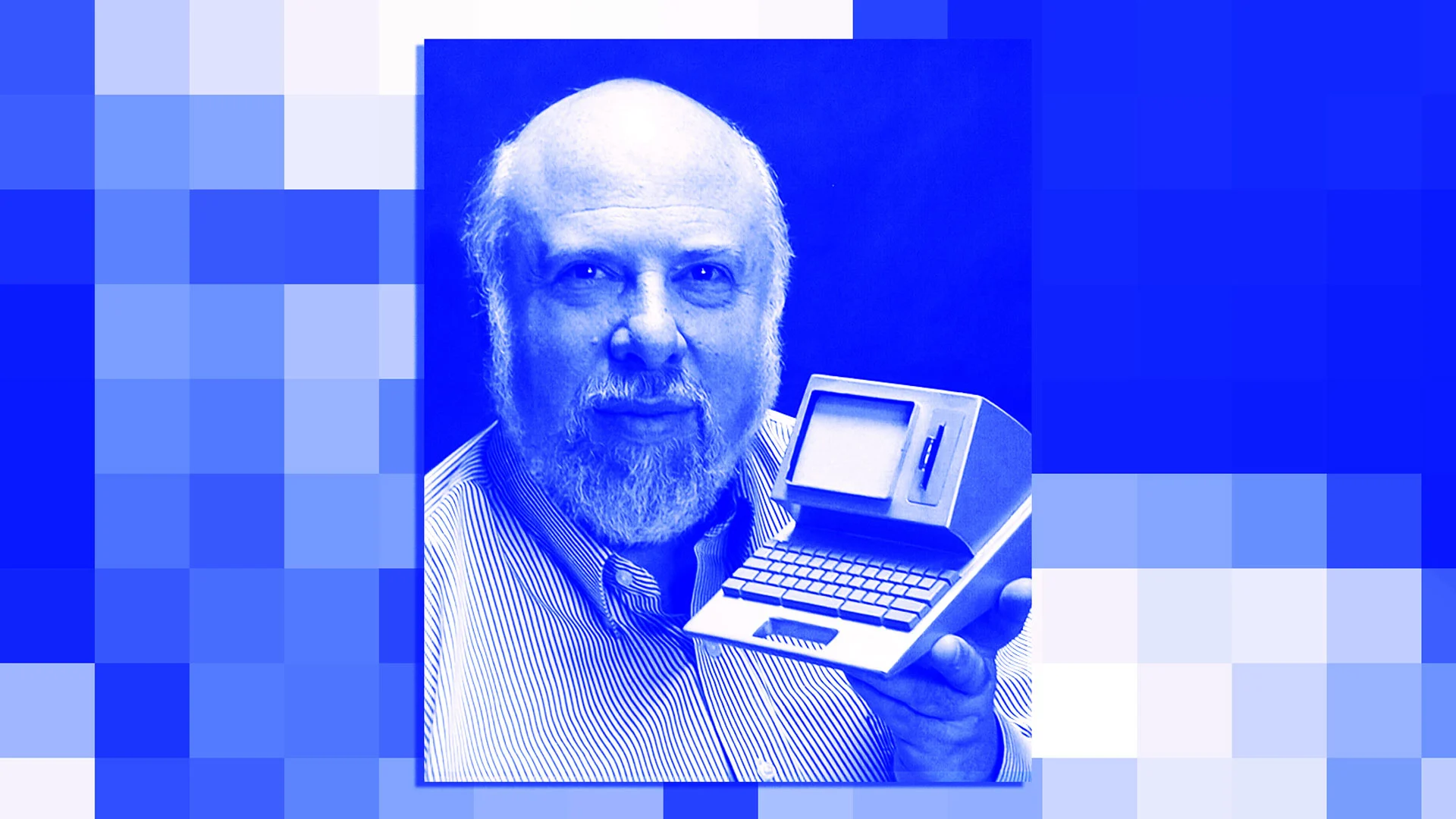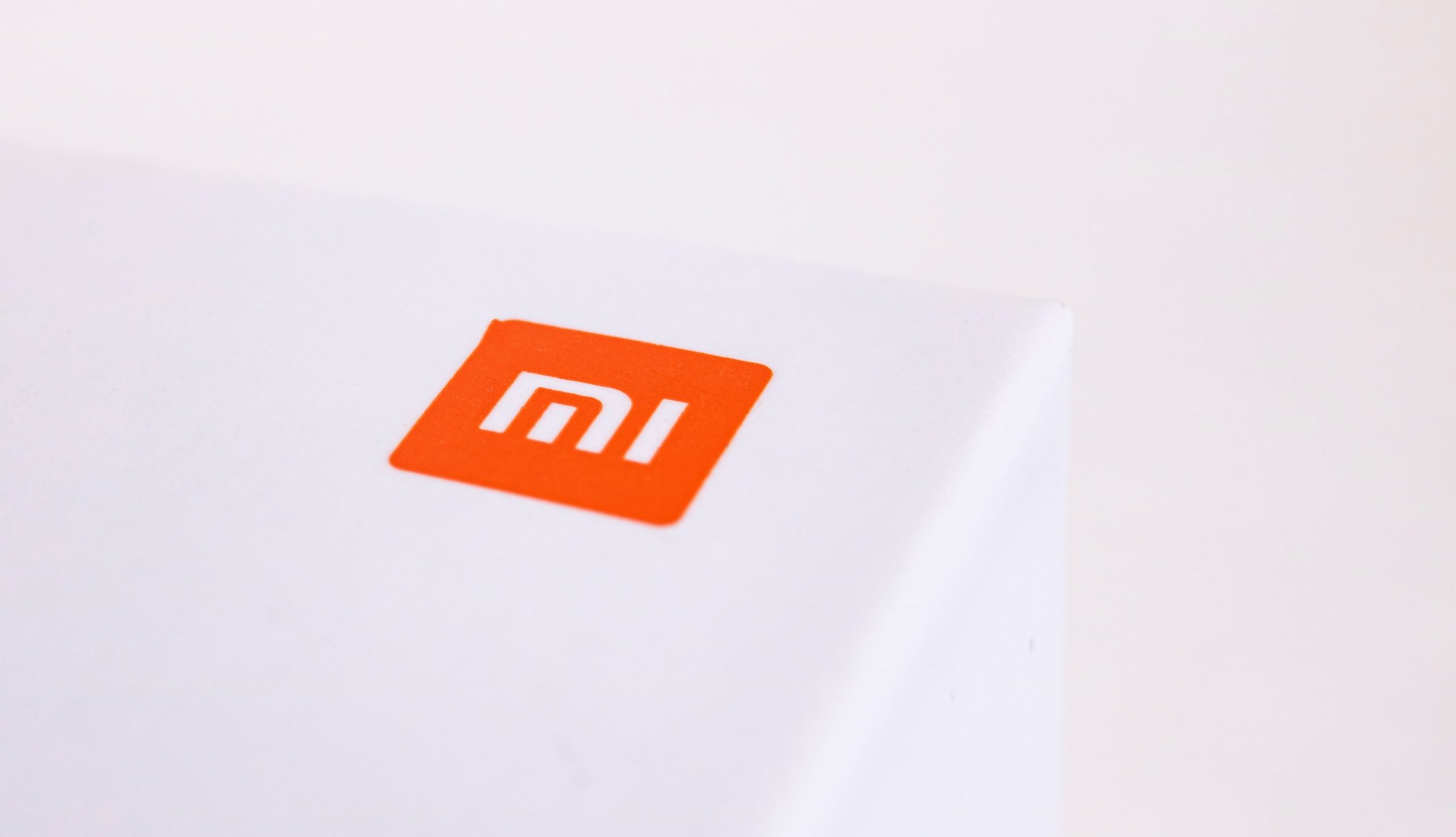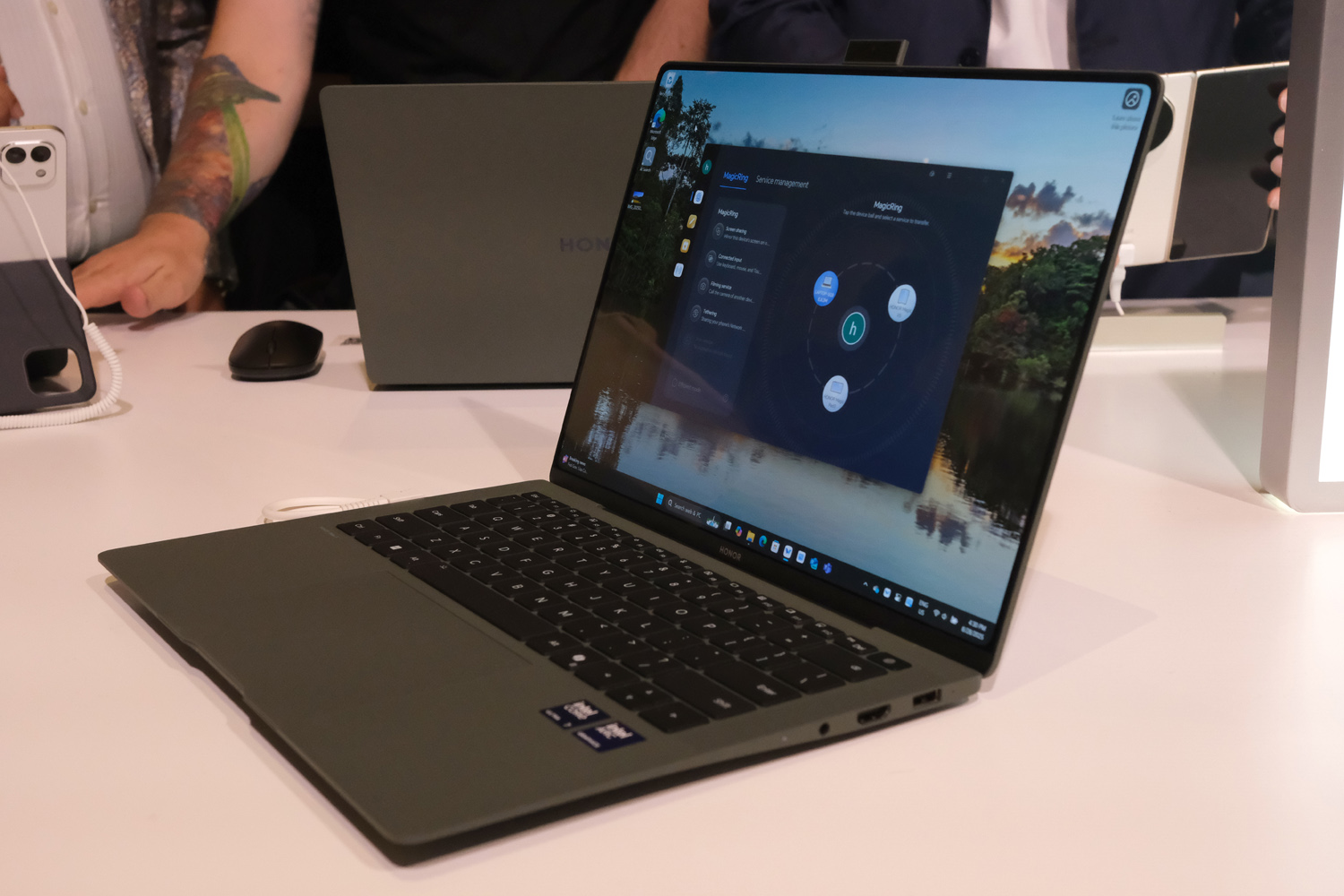In 1999, I get to work on a literal once-in-a-lifetime project. As the 20th century was wrapping up, the magazine where I worked Declared the personal computer the most important invention of the last 100 years. It wasn’t exactly a Contrarian Pick: The magazine in question was Pc world,
To celebrate, we put togeether an article looking back 100 defining moments in computing history. I was assigned to write blood on Several of them. One was always the most obvious landmarks, Apple’s 1984 Introduction of the Macintosh, which brieft the graphical interface and mouse to the masses.
I had a scant 250 words to recount an oft-touch tale. Not wanting to merely rehash its family elements, I decided to focus on the mac’s roots and emailed the guy who came up with the project in the first place, jef raskin.
This Dusty Memory Resurfaced in My Brain This Week When I Read My College Diaz’s Article About Apple’s Upcoming iPados 26 Operating System, One of the Major Announcements at this Week Conferencie. By giving the iPad a new interface with floating, overlapping windows, the software upgrade pushes the Tablet far closer to the mac. Jesus argues that the shift not only overcomplicates the ipad but also Violates raskin’s decades-old printciples about how to make how to make computing easy and intuitive.
It might sound strange to say that the ipad is getting botting bot more maclike and more removed from the original vision of the guy who initiated the mac project. But bot facts can coexist. Apple’s 31st Employee, Raskin Started at the company as its publications manager. In 1979, he got the go-ahead to work on an easy-to-u-u-u-u-u-u-u-u-u-u-u-u-name-with a slight spelling modification-AFTER His Favorite Kind of Apple, The Mcintosh. He put togeether a team oozing with talent, including people who would become some of the most legendary apple staffers of all time, such as bill atkinson (who dies last whiteke), Burrel Smith, Bud Tribble, and Joanna Hoffman.
Unfortunately for Raskin, Apple Cofounder Steve Jobs Not Only Took An Interest In the Mac Project but Took It Over. Under Jobs, The Computer Evolved INTO SOMETHING ONLY TANGELYLY TANGELYLY RASKINS KONCEPT. After Leaving Apple, Raskin oversaw the development of a short-lived machine that stuck closer to his vision, the canon cat. In Later Years, He Continued Exploring Ways to Make Computing more Approachable as a Software Designer, Author, Author, and Teacher. He Died in 2005.
I no longer have the email I sent raskin when working on that Pc world Article. But i managed to preserve the reply that landed in my inbox on August 16, 1999. Developed at Xerox’s Parc Lab, a font of inspiration for the entry computer industry. I also seem to have requested his take on the state of interface design a decade and an half after the mac’s debut.
Here’s what he had to say- veerbatim, except for the name of a publication he misremembered and some relevant internet archive links i’ve added.
Harry,
For background, if you have not read my article “Holes in the Histories” (Published in Interactions, also at www.jefraskin.com), you might want to take a look at it. My Cv, in Case You Need Dates or References, is also at that site. The most accurate account of the mac’s history that I have seen in print is in linzmayer’s book apple confidential.
So much for background.
I do not think that the famous visit to parc had much influence at all on the design of the mac’s (and therefore windows’) interface. What it did do was get rid of jobs’ Antipathy to interface-oriented design and allowed us to proceed with his ear earlier opposition to the mac project. On the other hand, the migration of designers and engineers from parc made the mac interface more parclike (and, in my opinion, harder to use, but SPIFERER and Probabally More MARKETABAL). Whether we would have had a number of jobs
You ask where we are, with respect to interfaces, in 1999: to put it briefly, in a message. Our “Personal” computers, beether pc or mac, are more complex, larger in every way (Except external physical dimensions), and more power than the mainframes and minicomputers you are rebelling resine When the microcomputer revolution started.
While today’s interfaces are far more pleasant and interactive, at least on the surface, than what they replaced, they are in factor convoleded, complex, opaque, and remarkable prone to the least Provocation, or just out of natural inanimate perversity. The present gui paradigm is intelligent, and has not scaled to today’s needs. It also also violates much we know about how people can most effectively use computers. A Complete Rethanking is in Order The Humane InterfaceTo be published early next year by addison wesley.)
To answer your question: are we anywahere near where we should be? No.
It will take a company with guts and financial strength to stand behind the radical improvement we need. On the other hand, they stand to make billions if they do it right, and consumers will be standing up and cheering to be out from under the yoke of today’s (mainly, Microsoft’s).
At the time, I was probally most interested in raskin’s stance that the mac Drew Less inspiration from Now, 26 years later, what sticks out for me is his astringent view of where computing had got Remarkably Prone to Crashing at the Least Provocation, or just out of natural inanimate perversity. “
Thanks to Microsoft’s Windows XP and Apple’s OS X, Computers Got Less Crash-Preone in the New Century. Nothing else about them changed all that much in raskin’s lifetime, thought. As they bulked up with more features, they may even have ventured further of astray of his ideal of streamlined, appliance-like efficiency.
But in the 20 years Since Raskin Left Us, New Products Have Never Stopped Fundamentally Changing How People Interact with Technology. Reducing the cognitive load involved has brought always been an overraching goal.
Let’s recap. The iPhone and iPad was also conceived Entrely for touch input. Google’s chromebooks turned the web browser into a full-blown computing environment. Amazon Gave Us Alexa, An Assistant You Cold Summon by Talking to a Speaker on the other side of the room. Openai Turned Its LLM INTO CHATGPT, A BOT that’s eerily adept at understanding typed requests and Responding in Fluid language.
Yet What Raskin Told Me Still Resons. “The present gui paradigm is intelligent, and has not scaled to today’s needs,” He Wrote. With iPados 26, Apple is applying that Same Paradigm – Resident windows and menus, manipulated by a pointer -to the ipad. In 1999, The company had just the mac to worry about; At this year’s wwdc, it rolled out interface updates for computers, phones, tablets, watches, TV boxes, and headsets. Even if you’re impressed by them – I love the demo i got of the vision pro’sionos 26 and will write about it next week – hat sounds like the scaling problem raskin saw in 1999, Times Six. And Once a Platform Exists, It Quickly Grows Resistant to the kind of complete resting he told me was in order.
I don’t mean to bash apple alone. After Giving Windows Its Most Dramatic Makeover Ever With Windows 8 in 2012, Microsoft has spent People who might be satisfied with windows xp it remained an option. Chromebooks, which started out rejecting native apps as an idea before success to the temptation to support android ons, have warsted with similar issues.
Back in 1999, Facted With Cramming The Prehistory of the Mac Into A Tiny Write-Up, I Quoted Raskin’s Point about Jobs’s Parc Visit Warming Him to the Potential of the Potential of the Embryonic Mac Project, and Didn’T Get Get Inter His Harsh Assessment of Current Interfaces. But even that didnight see print. Like Most Things that get published in dead-Tree magazines, My Mac Origin Blurb was trimmed by an editor to fit the layer. I must have noticed that raskin’s quote Didn’T make the final cut, and regret its excision today.
At least i’ve been alle to beelay share his entrere email here-Something that wouldn’t even ever occurred to me waspassible in the space-constraineed days of Computer Magazines. In it, he posed a question about computer usability: “Are we anywhere near where we should be?” The answer, he said, was no. I don’t presume to know how he might feel today. But the question remains a good starting point for judging new products. It Always will be. And Holding them to High Standards, As Raskin Did, is the best way to answer it.
You’ve been reading Plugged in, fast company‘S Weekly Tech Newsletter from Me, Global Technology Editor Harry McCracken. If a friend or colleague forwarded this edition to you – or if you reading it on fastcompany.com – You can check out previous issues and sign up to get it yourSelf every friday. I love hearing from you: ping me at [email protected] with your feedback and ideas for future newsletters. I’m also on bluesky, mastodon, and threads, and you can follow Plugged in on Flipboard,
More Top Tech Stories from Fast Company
Thanks to Ai, The One-Person Unicorn is Closer Than You Think
Anthropic’s Mike Krieger Believes Ai is Dissolving The Boundaries Between Idea and Execution, Making Solo Founders more Powerful Than Ever. Read more →
Mark zuckerberg’s superintellyligence gamble: Can Billions and Bold Hires Save Meta’s AI Ambitions?
Meta is betting big on a new superintelligence lab, LURING TALENT with Massive Paychecks and Bringing in Scale AI’s Alexandr Wang – But Insides Warn that Deep Internal Dysfunction Could Sabotage Read more →
Hinge is teaming up with esther perel to retink dating prompts
A Batch of 10 New “Your World” Prompts Aims to Brings Hinge Users – Specifically Gen Z Ones – Closer Together. Read more →
The final deadline for fast company’s next big things in tech awards is Friday, June 20, at 11:59 PM pt. Apply today.










